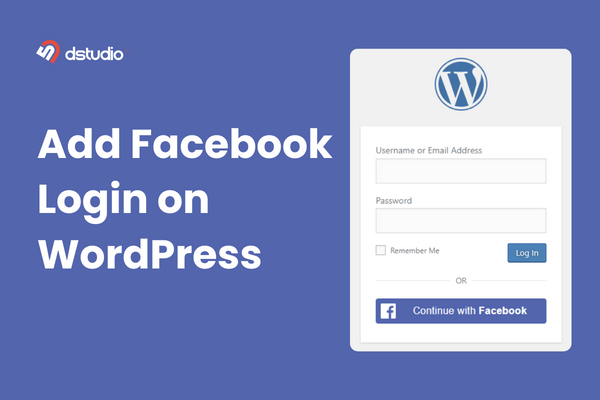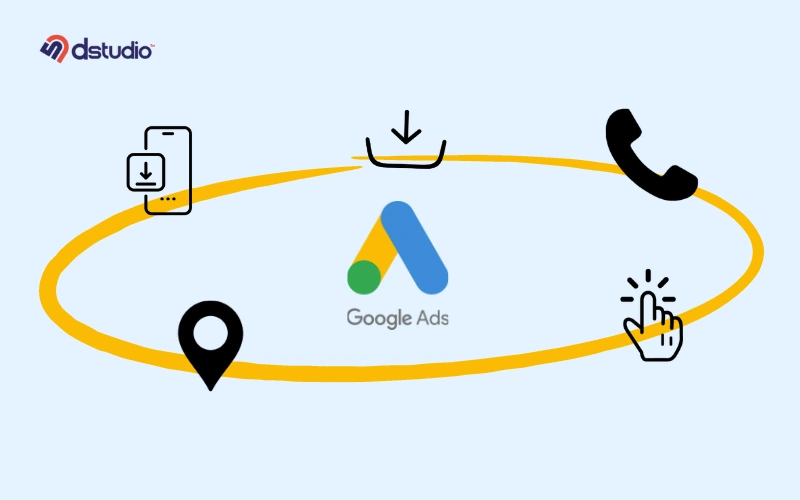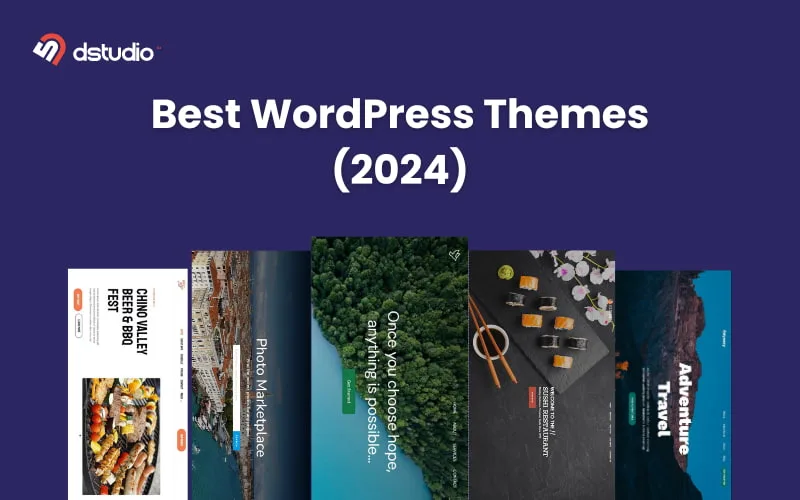Your website plays a key role in sharing what your company is all about, including the services you offer and any new products on the way.
But it’s not just about throwing up some information; how your site looks can really shape your visitors’ shopping choices. Beyond an attractive design, your website also needs to be marketable.
As web design changes rapidly with new marketing trends, it’s important to know how to align them in order to get the best results.
This article outlines steps to create a harmonious relationship between your web design and marketing for improved business ROI.
What is Website Marketing?
Website marketing is a planned method of promoting a website to make it more visible, attract the right visitors, and encourage actions like making purchases or interacting with the site. It is an important part of digital marketing that aims to improve how well a website performs and how much impact it has.
Effective website marketing goes beyond just building a website. It takes a complete approach that improves the user experience, uses data to make informed decisions, and works towards the overall goals of the business.
This includes various strategies like search engine optimization (SEO), pay-per-click (PPC) ads, content marketing, social media promotion, and email campaigns.
Web Design Fundamentals
Effective web design isn’t just about how a website looks; it’s also about how well it works, how easy it is for users to navigate, and how it aligns with marketing goals.
Effective website design is the cornerstone of a successful online business.
To create an effective website design, check out this detailed article. 10 Must-Have Website Features.
Web Design’s Impact on Marketing Effectiveness.
A well-designed website not only reflects a brand’s identity but also guides visitors through a seamless journey, making it easier for them to access information, products, or services.
Elements such as layout, color scheme, typography, and intuitive navigation contribute to how users perceive a brand and their willingness to engage with it.
Moreover, responsive web design ensures that users enjoy a consistent experience regardless of the device they use. This adaptability improves accessibility and facilitates a wider reach.
Ultimately, integrating thoughtful web design with marketing efforts can lead to improved customer satisfaction, higher conversion rates, and increased return on investment.
How to Make Web Design and Marketing Complement Each Other
Here are few tips to make web design and marketing complement each other:
– Align Branding Across Web Design and Marketing Channels
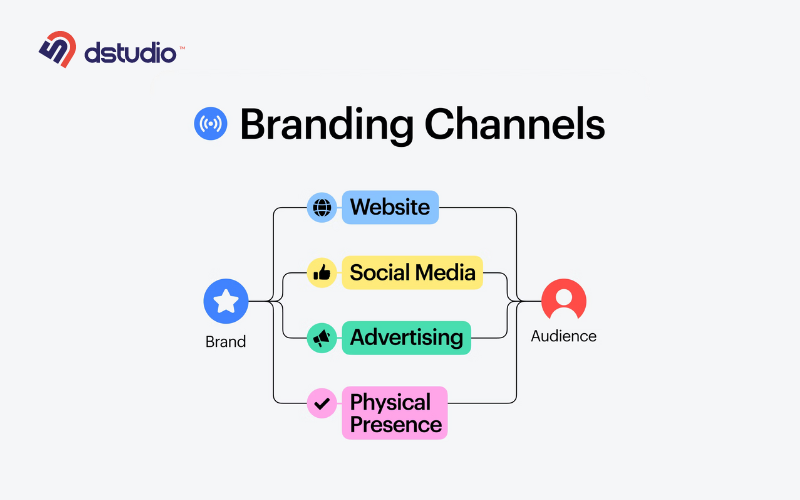
Consistency in branding across web and marketing channels reinforces brand recognition and builds trust with consumers.
When a brand’s visual identity—such as its logo, color palette, and typography—is uniform across all platforms, it creates a cohesive experience that resonates with users.
Disparities in branding can lead to confusion and diminish the overall impact of marketing efforts, ultimately affecting customer loyalty and retention.
To achieve a successful alignment, businesses must integrate their branding strategies across all digital touchpoints, including social media, email campaigns, and online advertising.
– Optimize User Experience for Increased Conversions.
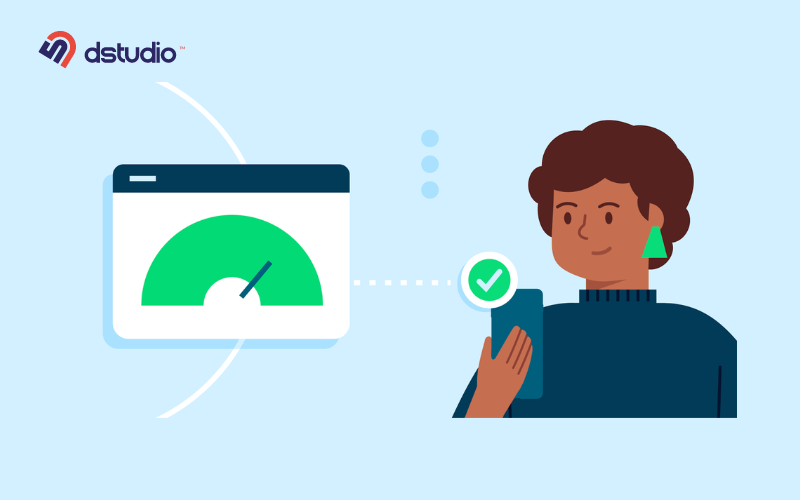
User experience is an essential factor in driving conversions, as it directly influences how visitors interact with a website.
When users can easily find what they are looking for without unnecessary obstacles, they are more likely to complete desired actions, such as making a purchase or signing up for a newsletter.
Moreover, incorporating user feedback into the design process can help identify pain points and areas for improvement.
Conducting usability tests and analyzing user behavior through analytics tools can provide invaluable insights into how customers interact with the site.
– Utilize Analytics to Track Performance Comprehensively.

Image Source : blog.google
Tracking key performance indicators (KPIs) such as conversion rates, bounce rates, and session durations allows organizations to assess the effectiveness of their design and marketing efforts in real time.
This data-driven approach enables teams to identify which elements of their web design resonate with users, as well as those that may hinder engagement.
Furthermore, leveraging advanced analytics tools provides the capability to segment audiences and analyze behaviors across different demographics.
This granular view helps in tailoring marketing campaigns that are more personalized and relevant to specific user groups.
– Implement A/B Testing for Continuous Improvement
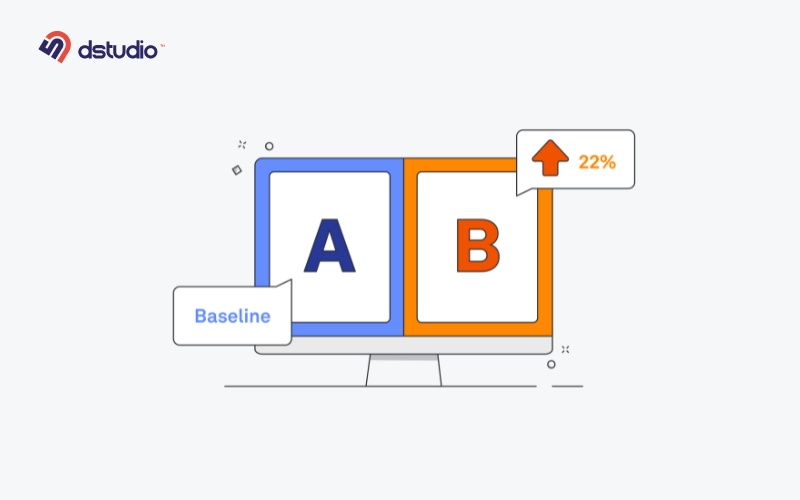
A/B testing serves as a critical component in the ongoing process of continuous improvement for both web design and marketing strategies.
By comparing two or more variations of a webpage or marketing campaign, businesses can determine which version performs better in terms of user engagement, conversion rates, and overall effectiveness.
Wrap Up
By creating a visually appealing, user-friendly website that supports clear marketing goals, you can enhance brand image, improve search engine visibility, and ultimately drive more conversions.
